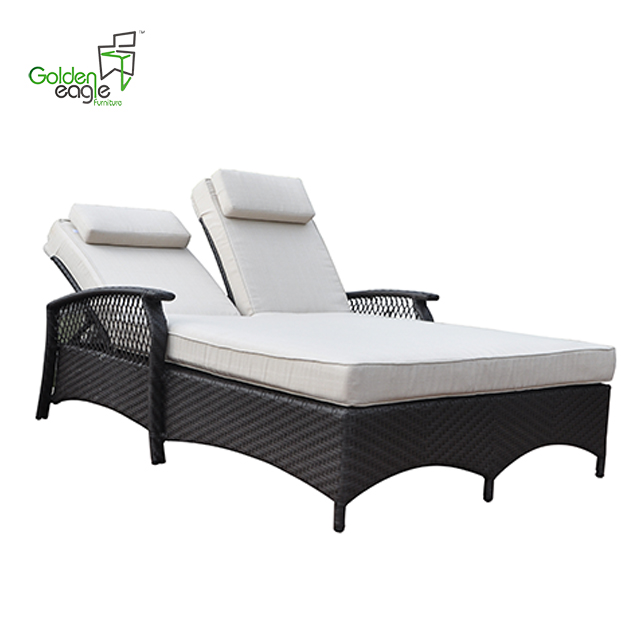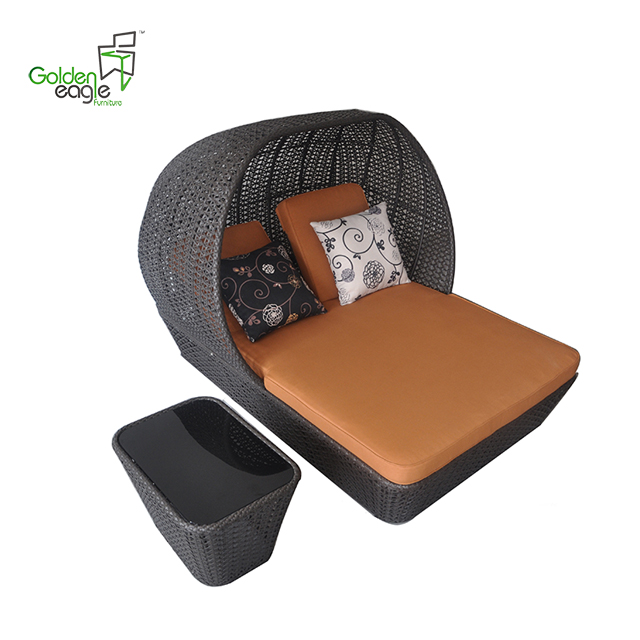Abstract: People's judgment on the aesthetics of books is no longer confined to flat, static visual perception, but extends to stereoscopic and dynamic visual perception. From the perspective of visual aesthetic psychology, this article discusses the issues of the production process, utility, and design methods of "visual texture" in book binding design. It hopes to inspire the creative approach to book design.
Keywords: book binding design visual texture aesthetic psychology
Introduction
The dissemination of design information is mainly through the audience's visual access to the deciphering stage. It is self-evident that the aesthetic of the book design of books is mainly from the visual. Texture can also be called "texture" or "texture." It is a physical feeling that shows the material itself. It has the special attributes of the material itself and the feeling of human processing on the surface of the object. It belongs to the category of vision and touch. The texture is divided into visual texture and real texture. For the term “visual textureâ€, the French visual esthetician De Lucio Meyer described: “It is the texture that we can see. This visual texture invites us to touch it with our own hands. Or at least 'close' to our eyes, or in other words, a visual sensation through texture. Of course, seeing texture also depends on relatively specific experiences such as rough, smooth, hard and soft.
The conceptual analysis of "visual texture" of book binding includes the role of visual perception and tactile sense of non-visual characteristics of books in the aesthetics and design perception of books. The aesthetic concept of modern book binding is under the strong impact of the world's advanced electronic media, its connotation has long been limited to the cover design from the past, the book is only considered as a static flat display, updated to a dynamic, three-dimensional, multi-level The overall shape of the United States. With the diversified development of people's aesthetic needs, the exquisite binding materials and exquisite printing techniques have become an important factor in the beauty of book binding, and these aesthetic feelings need to be conveyed to the reader through visual texture. The special materials that are full of mechanism will give the audience psychologically an unspeakable pleasure. When the reader translates this “body-awareness experience†into a visual aesthetic, the sense of beauty arises. In recent years, with the constant updating of designers' design consciousness, the concept of books' five senses (visual, touching, listening, smelling, and smelling) has been included in the scope of design thinking.
This article will discuss the creation, utility, and design methods of "visual texture" in book binding from the perspective of visual aesthetic psychology.
1. Analysis of Visual Perception in the Aesthetic Process of Books
(Ie, how do we look at the problem?) The conceptual analysis of the book "visual texture" relates to the visual perception of non-visual characteristics of things. Therefore, the analysis of visual perception with visual characteristics is necessary to understand the visual perception of non-visual characteristics. The author summarizes the effects of visual perception on the aesthetics of books.
1.1 Visual subjectivity
The American language philosopher Goodman pointed out: "The eye is not working alone as an automatic instrument, but as part of a complex and ever-changing organism. What the eyes look at, what they see, they have to be needy and interesting. It chooses, abandons, organizes, distinguishes, links, summarizes, analyzes, and constructs. It is more about accepting and creating than reflecting.†When we face a book, we generally feel its whole Atmosphere, or, generally speaking, it is based on its own overall image to allow readers to stop and watch and read. Then readers may look at the main image and color on the cover more carefully, from the title of the book, the layout of the inner text, to the details of the paper texture, and then combine these details once again to get a comprehensive and in-depth understanding and grasp of the book. Design beauty. In fact, readers are generally passed through three steps: general feelings, detailed observations, and image contact, so as to achieve the overall beauty of book binding. In this whole-local-whole process of visual experience, the perception of gestalt or the overall atmosphere of the first step has the sensation of stimulating the audience to watch. It is a generalization of the relationship between the general shape, color and structure of book design. refining.
1.2 Visual law
Visual psychologists studied the law of visual knowledge of plane space. In the vertical direction, people are accustomed to viewing from above as a result of gravity, that is, gravity; in the horizontal direction, people are accustomed to viewing from left to right, which is consistent with the common arrangement of words from left to right. of. As a result, in a limited plane, the viewer's line of sight has the following rules: left first, right first, first upper and lower. Correspondingly, different parts of the plane become visually attractive to the viewer. The upper left and upper middle parts of the plane can be called "best views." Of course, this division is also constrained by culture. For example, the Arabic script is written from right to left and the Chinese ancient Chinese characters are from right to left. At this time, people's reading habits have changed, and the “best view†has changed. It is the upper right part. Therefore, how to use the "best view" in the book cover design and layout design is a must for the designers.
2. Bookbinding
In the process of "visual texture", everything is a united whole. The various parts that make up the thing are connected and dependent on each other. The various characteristics of things are also related and complementary to each other. Such a person's perception of a certain characteristic of a thing is also associated with the perception of its other characteristics, so that under certain conditions, people can grasp certain characteristics of things that correspond to other feelings through visual knowledge. The book is no exception. As a three-dimensional hexahedron, it has functions for people to read and for people to read. In the process of visual aesthetics, people and books are in a dynamic relationship. When we approach a book, the eyes receive various visual information from the plane of the book (cover body image and color perception) to give the audience different psychological stimuli. For example, the snow-white pictures on the cover can create a crystal clear white color sensation, as well as a cold skin sensation or cold sensation, and people can even feel chilly.
The texture and printing effects of the book binding display also convey many information: various kinds of specialty papers contain endless variations of texture, length, thickness, bending, verticality, parallelism, fluctuations, and other combinations. Express the vivid feelings of luxury and simplicity, elegance and vulgarity, reality and abstraction. These special textures firstly stimulate our eyes and minds through the visual; touch actions follow, and the "touch" and "vision" together with each other feel the overall image of the book.
This is the joint feeling of people. The occurrence of "visual texture" is the direct effect of human body synesthesia. It refers to sensory interaction: the stimulation of a sensory sensor can also produce experience in different sensory fields. When the reader touches the cover of a burlap material or a special material with a sense of texture, it will produce a variety of “visual textures†through visual perception. This special connection will no doubt depend on life experience. It is because of experience and knowledge reserves that we can easily understand the connection between the visual and non-visual characteristics of things.
(to be continued)
Double Beach Chair
with excellent UV resistant PE rattan weaving and alu frame, waterproof polyester or olefin fabric, double beach chair is best choice for your hotel or swimming pool. With a umbrella and a coffee or tea, you can relax in the sandbeach. engoy the sunshine with your friend and family.
Handwoven premium resin wicker UV resistant
Rust-resistant powder-coated frames
Cushions included with 30 density sofa foam
Versatile tempered glass tables
Cushions also available with 100% waterproof fabric.
Double beach chair with different style and hand weaving


If you have any questions, please contact with us directly. Outdoor Sofa Furniture are produced
by Golden Eagle Outdoor Furniture With High Quality and Good Appearance. Welcome you can visit our Factory.For any inquiry,Please send mail directly to us.
Double Beach Chair,Pe Rattan Sun Lounger,Adjustable Rattan Beach Chair,Wicker Beach Chair
Golden Eagle Outdoor Furniture Co., LTD. , https://www.geleisurefurnitures.com